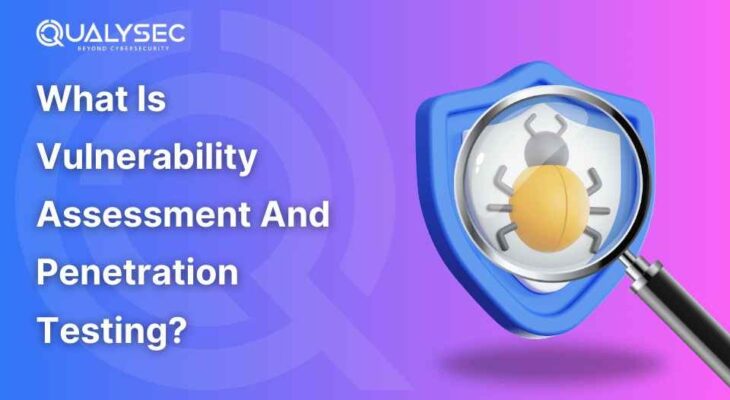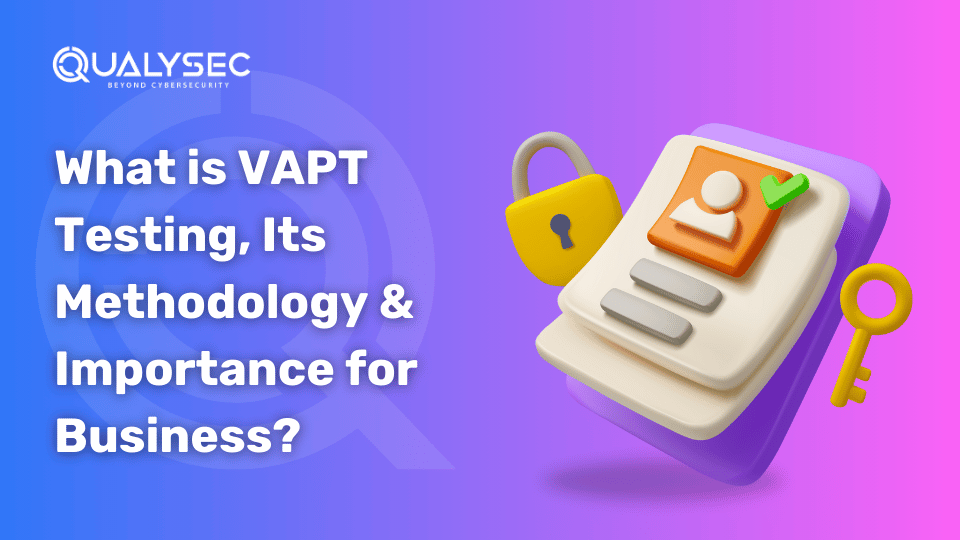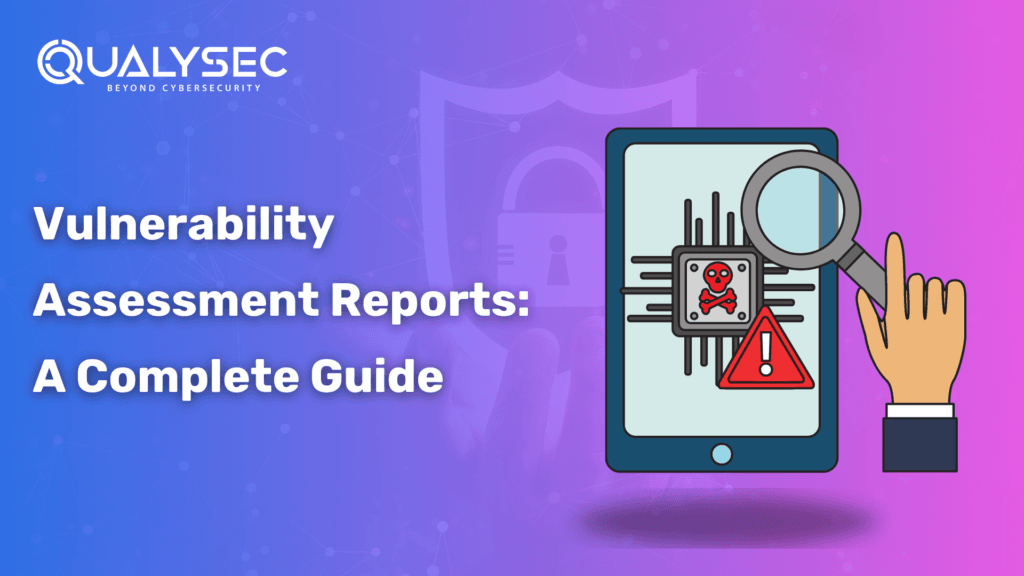What is Vulnerability Assessment And Penetration Testing?
Vulnerability testing comes in two varieties: vulnerability assessment and penetration testing (VAPT). Since each test offers unique advantages, experts often couple them to provide a more comprehensive assessment of vulnerabilities. In a nutshell, penetration testing and vulnerability assessments carry out two distinct jobs within the same field of concentration, typically with contrasting outcomes. Vulnerability assessment techniques identify vulnerabilities but don’t distinguish between defects that can cause harm and those that cannot. Vulnerability detectors notify businesses of existing vulnerabilities in their code and their locations. To determine whether illicit access or other illegal conduct is feasible and pinpoint which defects provide a risk to the application, penetration tests try to take advantage of a system’s weaknesses. Penetration tests identify exploitable vulnerabilities and quantify their severity. Instead of identifying every flaw in a system, a penetration test aims to demonstrate how harmful an error could be in an actual attack. When used in combination, penetration testing and vulnerability assessment technologies offer an in-depth understanding of an application’s vulnerabilities and the threats they pose. While vulnerability assessments identify possible weaknesses, penetration testing aims to take advantage of them by imitating actual attacks. These methods, in spite of their apparent distinctions, represent both halves of an identical face that complement one another to provide a whole study. Vulnerability assessment: What is it? In digital networks, computers, apps, and cloud environments, vulnerability assessment is the method of identifying, classifying, and prioritizing security flaws. In order to lower risk, companies can employ it to gain insight into how safe they are and how vulnerable companies are to violence. Penetration Testing: What is it? Penetration testing is a virtual test that a security professional does to identify vulnerabilities in a computer system or network. Security specialists help companies evaluate their safety record and identify threats for repair by taking advantage of vulnerabilities such as SQL injections, unauthorized entry, escalated rights, or problems with the system. VAPT’s characteristics and perks Vulnerability Assessment and Penetration Testing (VAPT) gives organizations a greater thorough analysis than an individual test only. An organization can better safeguard its systems and data against hostile assaults by using the vulnerability assessment and penetration testing (VAPT) technique, which provides a deeper knowledge of the threats facing its applications. Both internally developed software and apps from outside suppliers may have vulnerabilities, but the majority of them can be readily addressed once they are discovered. Employing newly developed software and apps from outside suppliers may have vulnerabilities, but the majority of them can be readily addressed and categorized. In a VAPT service, IT safety teams get to focus on fixing important vulnerabilities while the VAPT provider continues to identify and categorize problems. Vulnerability Assessment, Penetration Testing, and Compliance Guidelines Any kind of compliance, be it the PCI, FISMA, or the other, is an immense task. Businesses can more quickly and efficiently achieve their compliance needs with Qualysec’s solution. Qualysec Technologies protects sensitive information about customers, company infrastructure, and credibility by identifying vulnerabilities that could harm or jeopardize an application. Installing a system to test apps while they are being developed ensures that privacy is included into the software’s code rather than being added after being issued with costly updates. Qualysec’s Approaches to VAPT Qualysec’s software incorporates both vulnerability assessment and penetration testing (VAPT) techniques. This way, Qualysec gives an exhaustive overview of all the defects discovered as well as an evaluation of risk for each one. In addition to identifying code errors, Qualysec also conducts static and dynamic code analysis to identify any missing features that can result in security lapses. In the case of using programmed login credentials or login details, Qualysec can figure out whether enough protection is being used and whether a piece of software contains any application vulnerabilities. A team of top-notch professionals devised and continuously improved the technique used in Qualysec’s digital scanning strategy, which yields more accurate testing findings. By reducing negative results, Qualysec frees up developers and security researchers to invest longer in fixing issues instead of wasting time sorting through non-threats. Qualysec has created a system for automated, immediate testing of app security. Businesses can utilize Qualysec instead of purchasing expensive vulnerability assessment tools, spending time and cash on upgrading them, or instructing programmers and testing staff on its use. Every time a user logs in, they benefit from the most recent modifications and improvements made by the Qualysec platform. How Do Vulnerability Assessment and Penetration Testing Differ From One Another? A vulnerability assessment is typically carried out by software that is automated and carefully scans a computer system as well as a system or program for flaws, including evolving and current CVEs. On the other hand, penetration testing is typically more costly and laborious, and it is carried out by a professional hacker as a planned modeled digital attack. To uncover and examine defects and zero days, it employs several tools and strategies, such as vulnerability assessment results, to obtain illegal accessibility, upgrade advantages, and navigate widely across an organization. 1. The rapidity of Implementation Automated vulnerability assessments improve security by carefully checking your systems, networks, or applications on a daily or weekly basis, based on your requirements. Although complicated scans can take up to 72 hours, the scanner can produce an evaluation in just ten minutes after fast testing the systems and programs against known vulnerabilities.In contrast, penetration testing puts more emphasis on complexity rather than efficiency. Depending on the size and complexity of the target system, a pentest might take anywhere from fifteen to twenty days to complete, with analysts personally examining your systems and simulating the strategies of actual attackers. 2. Testing Intensity Using databases of known flaws (CVEs), vulnerability assessments provide a quick, high-level evaluation to find typical dangers such as misconfigured systems or out-of-date software. However, devices can miss special flaws in the logic of the system and set off false alerts. Penetration testing takes things one step further by investigating vulnerabilities and their possible effects and then providing repair advice. As a result, even






